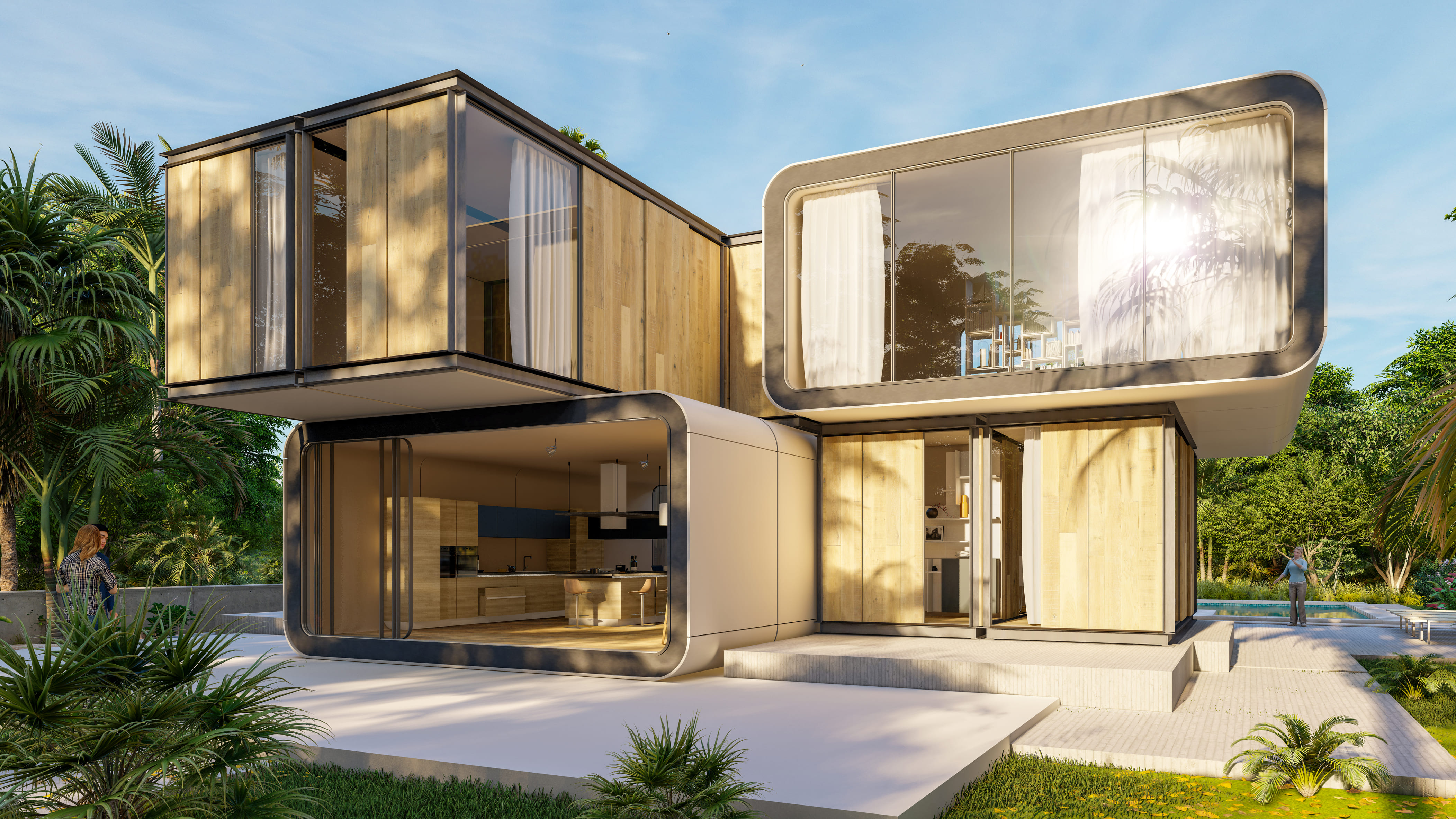Skyscraper architecture has left an imposing mark on major world cities as one of the most inspiring and contemporary forms of public art. They bear witness to the growth and development of cities. Furthermore, they have challenged the boundaries of engineering and architectural design from the start.
Increasing population density and the scant availability of land led architects to seek solutions by making the most of vertical spaces. The first skyscrapers date back to the late 19th and early 20th centuries. With the rise of cities and the onset of the Industrial Revolution, these first skyscrapers were built between 1884 and 1939. Most were located in the US cities of New York and Chicago.
Iconic Skyscrapers
One of the first iconic skyscrapers was the Home InsuranceBuilding. It is considered to be one of the most important milestones in the history of architecture. It is significant in that it was the first skyscraper in modern history. As such, it laid the foundations for high-rise architecture worldwide.
Built in Chicago during this period, it was designed by William Le Baron Jenney. It was the very first building to use a steel structure for its main frame. Hitherto, tall buildings had generally been built using heavy masonry structures. As a result their height and stability were restricted. Jenney introduced the revolutionary idea of using a steel frame to bear the load of the construction. Thus, more storeys could be safely built.
By using steel for the main structure of the Home InsuranceBuilding, new opportunities opened up in architectural design. Consequently, heavy load-bearing walls were no longer required. With this advance, lighter walls and large windows could be installed. In addition, natural lighting and interior ventilation were improved. This innovation transformed the way tall buildings were conceived and designed. As such, it paved the way for developing modern skyscrapers worldwide.
As the 20th century progressed, construction techniques and materials evolved, allowing the construction of even taller and bolder skyscrapers. One of the most significant developments that perpetuated and consolidated this change was the use of reinforced concrete. The Woolworth Tower, designed by Cass Gilbert and built in New York in 1913, was one of the first skyscrapers to use this material. It had 57 storeys and set a record for height and architectural elegance.
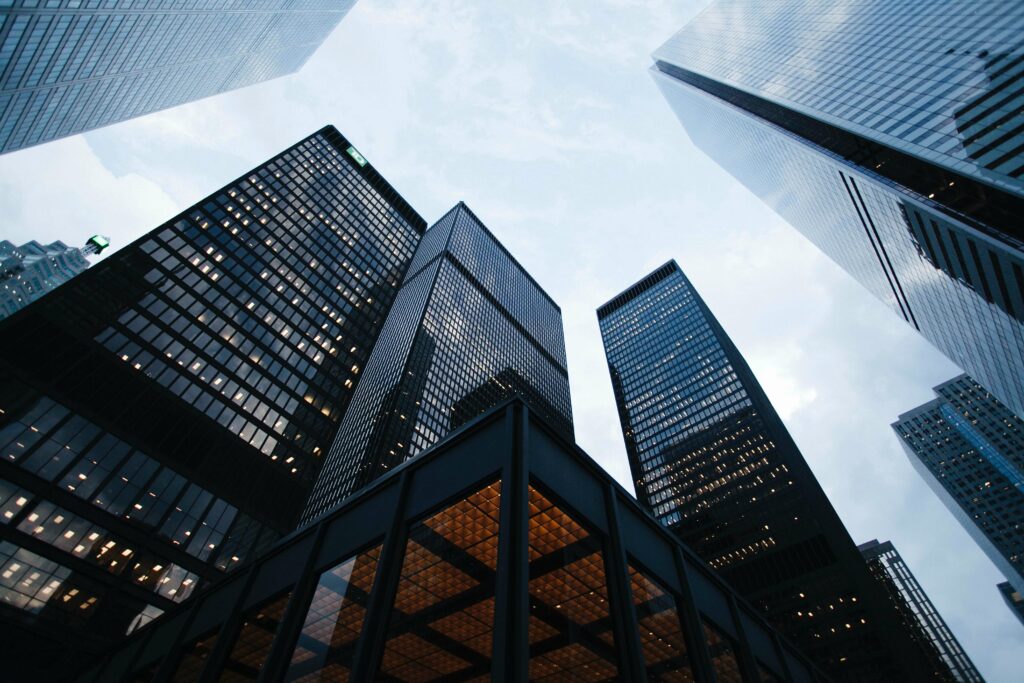
Illustration 1 – Skyscrapers in New York – Image from Unsplash
Shanghai Tower, Shanghai
The spiral design is a distinctive feature of the Shanghai Tower, one of the world’s tallest skyscrapers at 632 metres. On its completion in 2015, it was the second tallest skyscraper in the world superseded only by the Burj Khalifa in Dubai. Not only does it symbolise the development and modernity of Shanghai, it represents China’s economic and technological growth. It also displays its status as a global financial and commercial centre. At the same time It highlights the talent and innovation of Asian architects and builders.
The distinctive shape is not only aesthetically appealing, but it also offers functional benefits. These include reducing wind force and maximising natural sunlight. The tower is dotted with garden terraces known as ‘SkyGardens’. These green areas provide outdoor spaces for residents, improving air quality and offering panoramic views of the city. They also help to regulate the temperature and humidity inside the building. At the top of the tower, a panoramic observatory offers breathtaking views of the city and its surroundings. As such, visitors are provided with a unique experience and an unparalleled perspective of the constantly evolving and progressing city.
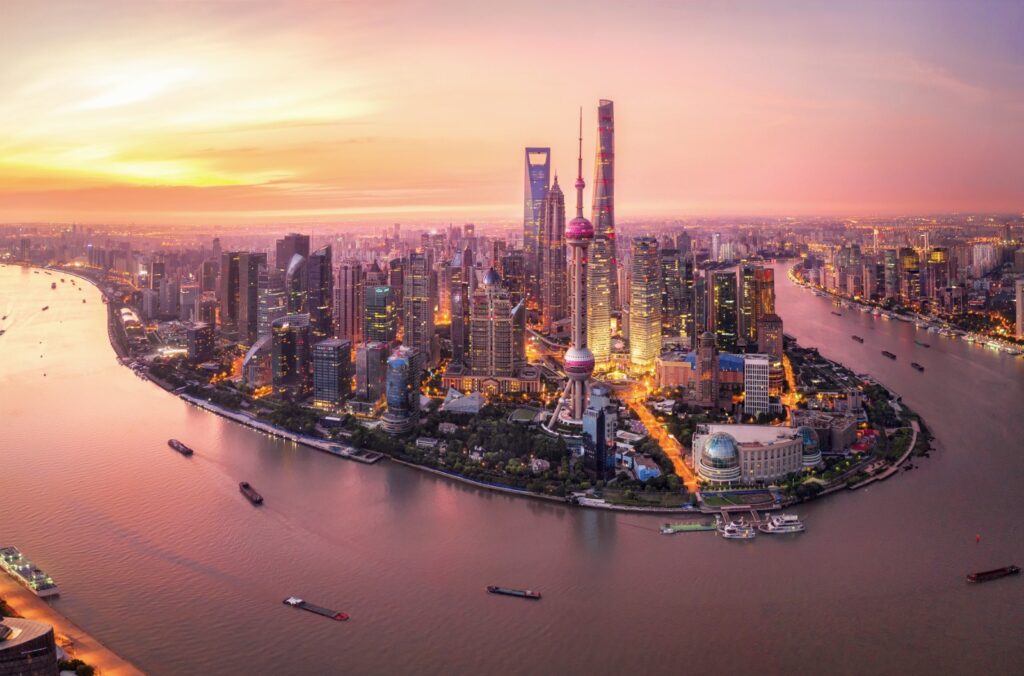
Illustration 2 – Panoramic view of Shanghai’s skyline – Image form IStock
The communications and observation tower
Designed by the architectural firm John Andrews Architects, it was built between 1973 and 1976. The CN Tower is striking for its streamlined shape and slender central section that widens towards the top. With its architecturally impressive aesthetic, it nevertheless optimises the building’s structural strength and stability.
Materially it consists of the highest quality structural elements and advanced technologies. The tower’s main framework is structural steel which provides the requisite strength and rigidity to withstand vertical and lateral loads. This use of steel meant that a light and strong structure could be built. Glass is another characteristic element used in the windows and observation decks, providing impressive panoramic views of the city and its surroundings.
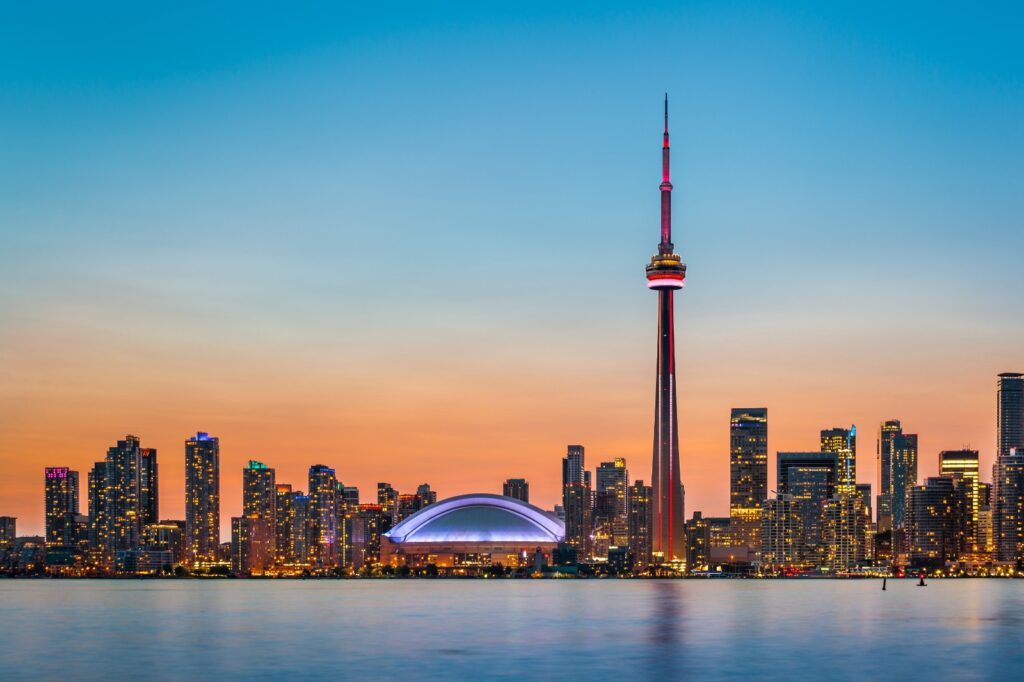
Illustration 3 – Cn Tower in Toronto – Image from IStock
One Vanderbilt and its adaptation to the new era
New York’s One Vanderbilt building was designed by the renowned architectural firm Kohn Pedersen Fox and built in 2020. The 427-metre structure features a glass and steel façade that gives it a sleek, modern look thanks to its slim, tapered structure.
Its wedged base integrates harmoniously with the historic architecture of the nearby Grand Central Terminal. In this way, it creates a smooth transition from the building to the train station. At the same time it affords ample public space around the structure.
The aim of the interior design was to create a modern and functional work environment. Consequently, it features spacious offices with panoramic views of the city through huge windows. Designed with a focus on sustainability, the building is certified by LEED (Leadership in Energy and Environmental Design). It also boasts eco-friendly features such as energy efficient systems, water saving technology and a high-performance thermal envelope.
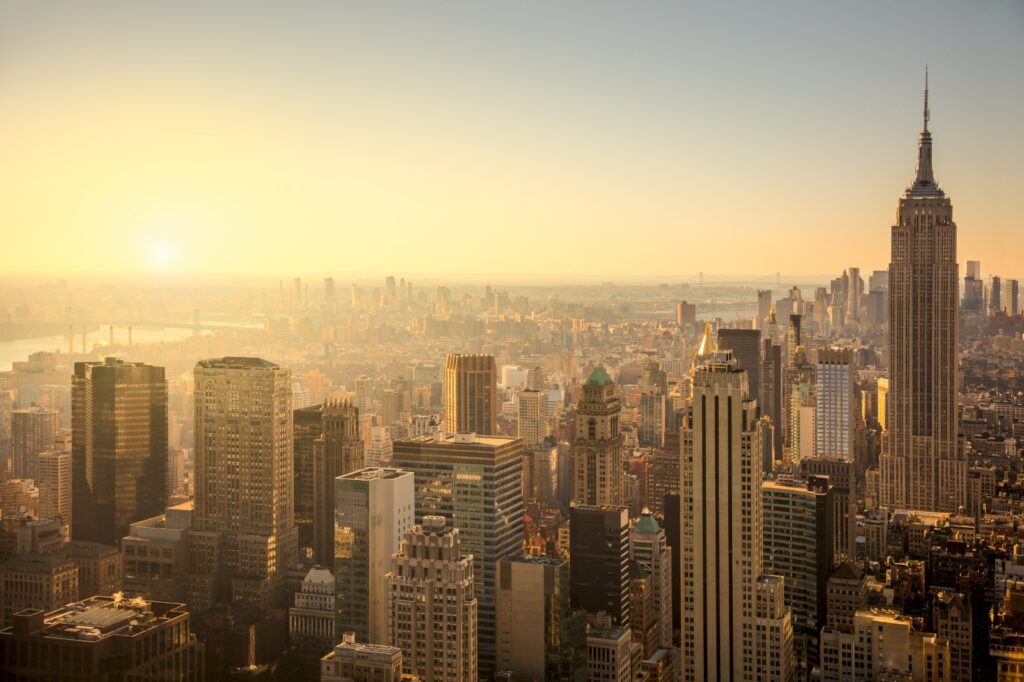
Illustration 4 – Sunrise view of Midtown Manhattan – Image from IStock
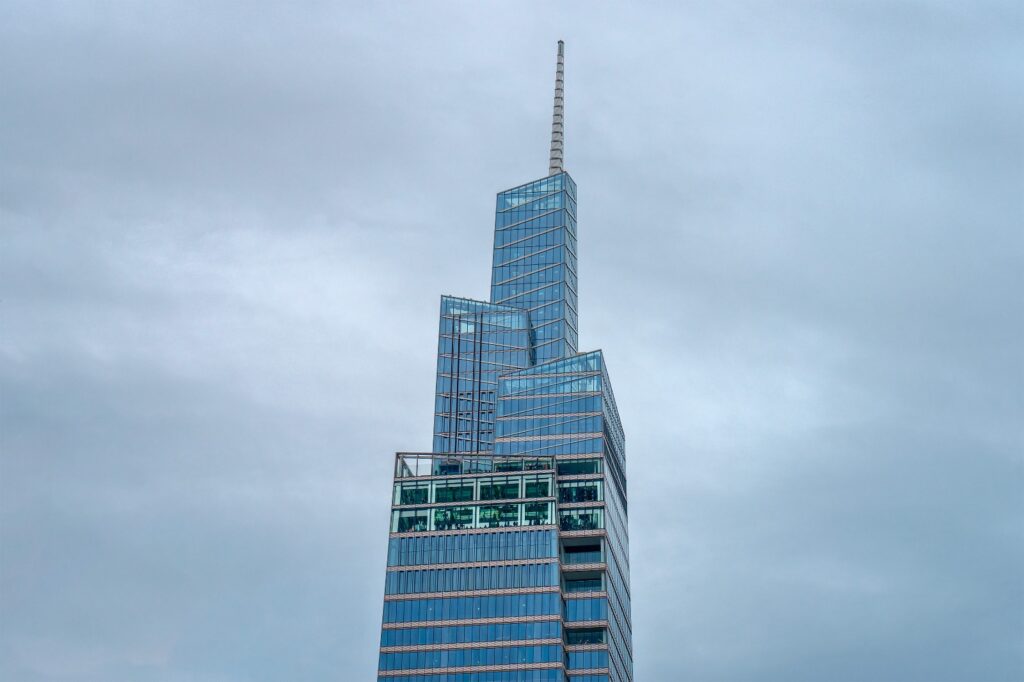
Over the decades, high-rise construction has become an efficient solution for making the most of limited space in large cities. Skyscrapers build upwards rather than expanding horizontally, making them ideal for densely populated cities. These contemporary buildings integrate technology, sustainability and efficiency into their design. The result is an effective response to the ever changing demands of growing cities.

